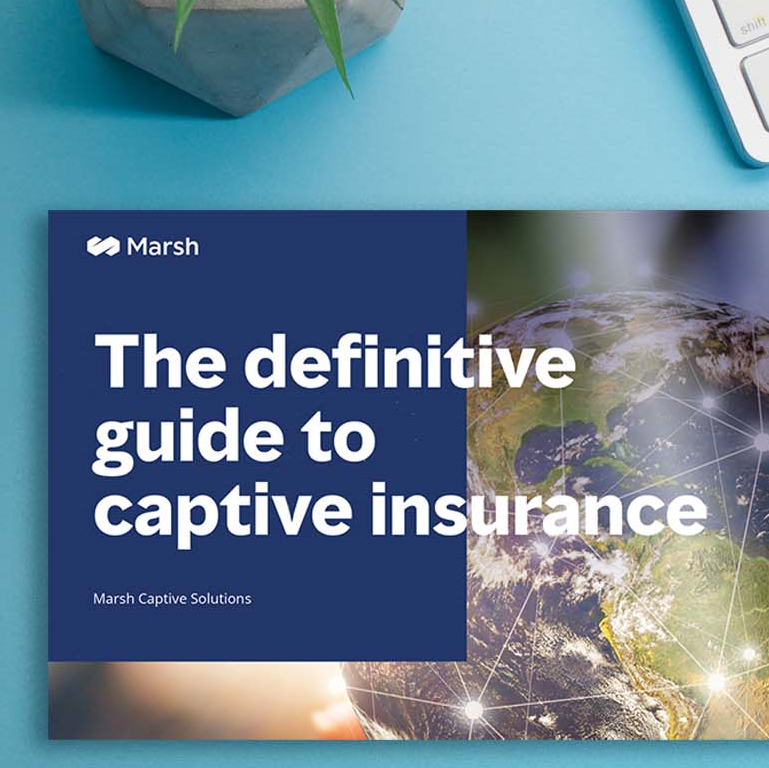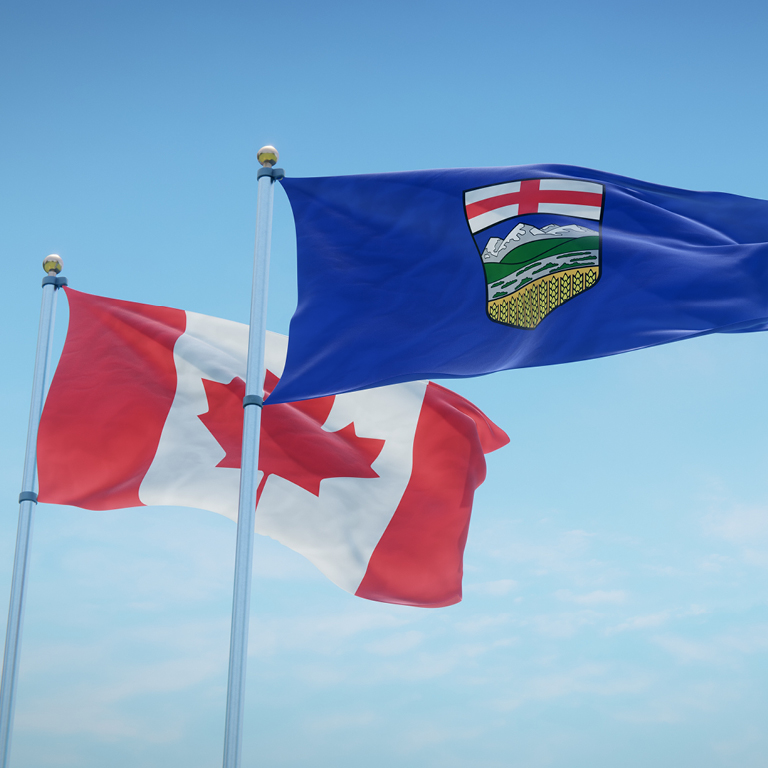The current global property insurance market — one of the most challenging in decades — presents an opportunity for companies to explore captive insurance arrangements.
Increasing losses impact property insurance market
Property owners face the risk of more frequent and severe losses at a time when insurance capacity is shrinking and pricing for available coverage is rising. These conditions are expected to persist into 2024, barring unforeseen changes in circumstances.
Global pricing for property insurance rose 7% in the third quarter of 2023, and 10% in each of the prior two quarters, according to Marsh’s Global Insurance Market Index. In the US, property insurance pricing, on average, has risen for 24 consecutive quarters, including a 14% year-over-year increase in the third quarter. In the Latin America & Caribbean region and in Europe, property insurance pricing in the third quarter rose, on average, 8% and 7%, respectively; IMEA rose 4%; the UK, Asia, Pacific regions all increased 2%; and Canada rose 1%.
Several trends are influencing the property market, including the high cost of reinsurance, which primary insurers typically pass along to policyholders; strong demand for limited capacity; ongoing losses; and inflation of property values. Between 2017 and 2022, the global property insurance market incurred an average annual natural catastrophe loss of $110 billion, compared with $52 billion over the prior five-year period from 2012 to 2017, according to Swiss Re.
In addition to raising pricing, insurers are scrutinizing their property loss exposures and taking actions that include tightening terms and conditions, raising deductibles, and withdrawing capacity for loss-prone geographies. Capacity is particularly constrained in areas such as California, Florida, and Louisiana, but demand is growing as property owners continue to build facilities in the central US, where severe convective storm activity and other perils are increasing. In New Zealand and parts of Europe, underwriters continue to scrutinize flood exposures. As a result of insurers’ actions, many property owners face the prospect of paying more and/or obtaining less desirable coverage than they had previously.
Captives bring options
Captive insurance offers one of the most effective, established options for property owners that want to ease some of the challenges in the commercial property insurance market.
As in other hard market cycles, more companies are turning to captive insurance, seeking flexibility and risk-financing options, including setting up new entities, expanding the scope of existing captives or increasing limits in existing captives. Captives have shown that they can deliver long-term value to their owners, particularly in providing a stable source of capacity and the ability to respond to specific coverage needs.
If a property owner already has a captive, funding more property risk is relatively simple. If an organization does not have a captive but can align its resources and risk tolerance to retain more risk, now may be a good time to consider forming one.
Potential advantages of using captives for property risks include:
- Accessing additional capacity to supplement available commercial insurance.
- Increasing control over the property risk management program, enabling the captive to set deductibles.
- Achieving improved rates, terms, and conditions when transferring risk into the commercial market.
- Addressing specific coverage needs, such as filling gaps in excess layers and difficult to place layers within the property program tower.
- Quota sharing with and without a front.
- Accessing the US federal Terrorism Risk Insurance Act (TRIA) program.
- Potentially reducing surplus lines premium taxes, as many property risks are now written in the non-admitted market.
Consider the following examples of how a captive can fund additional property risk:
- Increase retentions
- Use quota-shares
- Plug gaps
- Fronting and reinsuring
Captives offer a formal mechanism for retaining and self-insuring risks. By funding more of the working layer through a captive, a property owner may be able to expand coverage capacity and reduce the cost of risk transfer. Corporates can enable subsidiaries to purchase insurance from the commercial market at a higher level than their appetite. Taking a higher deductible or self-insured retention lets commercial insurers reduce their loss exposure, which can lead to more favorable rates, terms, and conditions for the insured.
Sharing property risks with commercial insurers through quota-share arrangements is another way for property owners to reduce risk transfer expenses. For example, a captive could enter a quota-share in which it writes 40% of the risk, with commercial insurers taking the remaining 60%.
Captives also can fill gaps in layered programs, plugging holes and filling out excess insurance programs. Some property insurers prefer to offer “ventilated” layers, in which they provide coverage at different points rather than a single block of capacity. A captive can fund exposures within these ventilated layers, giving the property owner more control over the structure and cost of its excess coverage.
Captives can participate in funding property risks by using a fronting carrier and reinsuring a portion of the underlying risk. One advantage of a fronting insurer is its ability to issue certificates of insurance to satisfy proof of insurance requirements in business contracts, covenants, or loan agreements. International jurisdictions often require local admitted coverage, making a fronting arrangement a logical alternative in some instances.
How Marsh can help
Marsh is the world’s largest captive manager — writing over $10 billion in gross written property premium — and a trusted advisor with global capabilities and market relationships and a deep knowledge of captives and alternative risk transfer. Marsh specialists can help property owners explore their options and help them build an effective risk management program.
When property owners are interested in alternative risk transfer and captives, it is important for them to consider these options early — ideally, 120 to 180 days before policy renewal. Multiple options exist for captive structures, ranging from existing stand-alone captives to forming monoline, fast-track cell captives, which have experienced double-digit percentage growth in the past two years, in part due to their ease of formation.
For more information on how captives can help property owners, contact your Marsh representative.
For information on our latest benchmarking results, please download the 2023 Captive Landscape Report. If you’re new to captive insurance and want to better understand what it is and how it works, we invite you to download The Definitive Guide to Captive Insurance.




